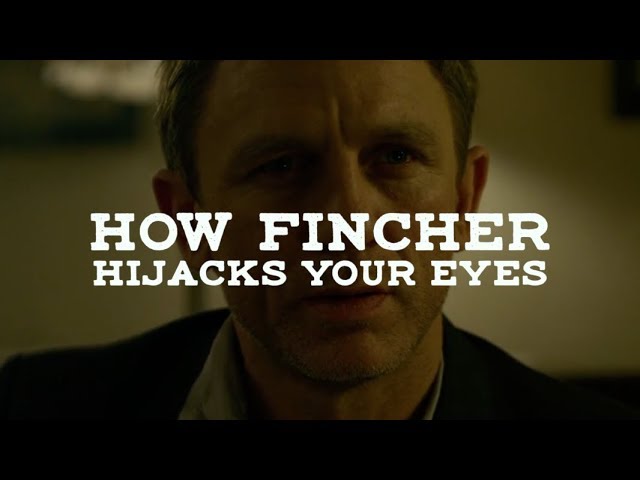[09:39 Thu,19.October 2017 by Rob] |
The camera "sucks" itself to the characters almost physically. The effect is in many cases a higher immersion into the action. The effect becomes even more apparent when you consider the other extreme, in which a rather still camera depicts the scene: The camera, which is meticulously focused on the actor&s movement, creates a greater closeness to the action, while the fixed camera displays the scene as a "shop window". The self-reference for observation is much more pronounced in the static camera. The camera work on location and the acting requires a camera that is precisely moved in detail: the scenes have to be choreographed very precisely and this can mean many takes of a scene. As long as the concentration on all sides in front of and behind the camera is sufficient, impressive results are achieved - see Fincher. However, one should keep in mind that the price of this perfection also carries the risk of sterility. It is therefore necessary to consider whether the best possible performance for the respective story is achieved through strict choreography or rather through greater freedom, which is open to spontaneous play. As always, the content dictates aesthetics and not vice versa. deutsche Version dieser Seite: Videotutorial: Wie David Fincher deine Augen übernimmt oder: Minimalkamerabewegung |






 What happens when the camera adjusts to the smallest movements of the actors? David Fincher&s (moving) world of images is always worth seeing - but perhaps a bit more impressive when you look at Fincher&s camera movement in detail:
What happens when the camera adjusts to the smallest movements of the actors? David Fincher&s (moving) world of images is always worth seeing - but perhaps a bit more impressive when you look at Fincher&s camera movement in detail: